Costume Designer, The Dressmaker
Maggie McGregor: Marion, I love The Dressmaker and I looked up your work. I work in fashion and I’m a fashion stylist, but I also have a background in costume design. I really admire you as a costume designer.
Marion Boyce: Well, thank you!
MM: I’m so excited to do this!
MB: Oh, wow okay.
MM: What are you working on? Are you working on any projects right now?
MB: Well I should actually be at this very moment being Italy and Croatia doing a film but that’s been pushed back which is very unfortunate because it’s quite cold in Melbourne now and it was a really great film. I’ve been working on two exhibitions. I do quite a lot of exhibition work as well which I really enjoy. I’ve been doing an exhibition, key writing an exhibition in South Australia (which is in Australia different state) with the National Trust putting together a show called the Age of Elegance from their collection. That’s going to be quite a lot of fun. In July I have a show. It’s my collection. It’s a show about collections that we put on in Brisbane. I’ve been hard at work on projects.
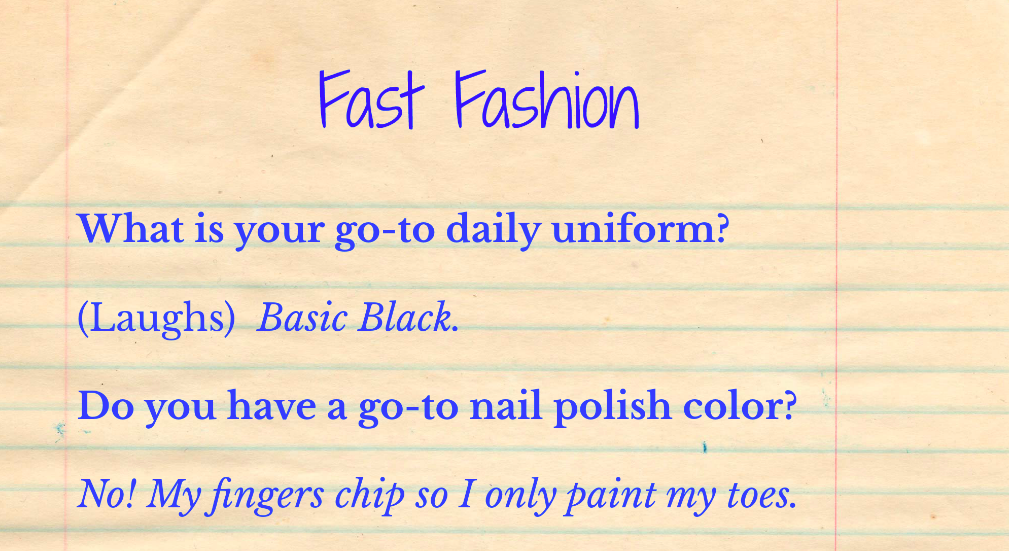
MM: Oh wow so a collection, like for an exhibition, will that be shown to the public?
MB: Yeah they will be. [The first] starts in July in Brisbane, Queensland, Australia.
MM: So what is the exhibition about that you are working on in July?
MB: It’s an exhibition called The Bowerbird and the Bride. It’s all about how collections collide and how collections come together to make a very large collection. I started to do it around brides because family treasures, the things people have always kept cherished and stored, is actually everything around the wedding, because it is such revered thing the family treasure. People save the things in the glory books and the beautiful gowns made for the wedding night. All of the stuff, the beautiful handkerchiefs people used to embroider with “good luck” and all sort of elegant swans and doves and all sorts of things. There’s all this extraordinary paraphernalia around weddings and it was quite a community sort of effort. They’re all the treasures that have been stored so I’ve been collecting an enormous amount of things around weddings. They’re sort of put together [in] an exhibition. It starts in 1860 to 1970. I made all the headpieces and I have been having fun, really. It’s been two years work. Putting this exhibition together. It’s quite exciting I’ve got some beautiful pieces.
MM: My sister got married four years ago and she wore the veil that was my great-great-grandmother’s. Her name is Grace and she was the fourth Grace in my family to wear the veil.
MB: That’s what the exhibition’s about: how families collect things and store things and the importance of all collections.
MM: It was really incredible because we brought the veil with us to New York where there were showrooms for her to try on gowns and of course the big one is Vera Wang. We brought the veil into Vera Wang and we said, “Do you think it will match the the lace?” And they said they’d never seen a veil this intricate. So she was so excited to wear it and when she did no one had ever seen anything quite like it because when it was made there were still lace mills in the United States. That was so special to our family. I understand where you’re going with exhibition.
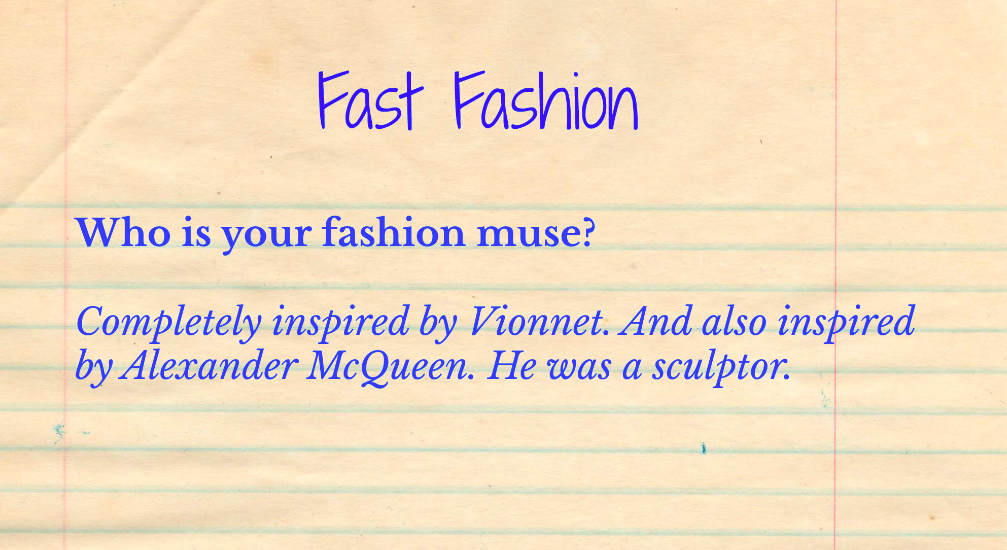
MB: Oh I’m thrilled that she wore it. The thing is we live in such a disposable world and, it might make me seem like a very old woman, but for this younger age it’s so completely disposable. I’m taking something a few hundred years old and it still exists and [the fact that] it’s still in one piece is completely mind-blowing. Someone could buy something from Zara and not even a year later, a season later, it’s in the bin.
MM: I personal shop in addition to my styling and it is hard for me to find quality products for my clients. So I’m familiar with that feeling. I can identify with people my age but I understand how foreign it is. I revere heirlooms as well.
MB: It’s lovely paying homage to The Dressmaker cast and to the skills that were out there in the community. It didn’t have to be a dress that was worn by a princess. Some of the dresses, the cuts and the skills that were out there, [are] just so beautiful it brings peace your eyes the beauty and the way they are made. The attention to detail and the true beauty of the cloth. For a lot of people, the wedding was something they impoverished themselves for. It’s something that just blows my mind. I’m quite moved by the social history. A lot of these dresses come with a lot of social history with stories behind them. There’s a lot of stories that are so incredibly sad but also the most uplifting in the end.
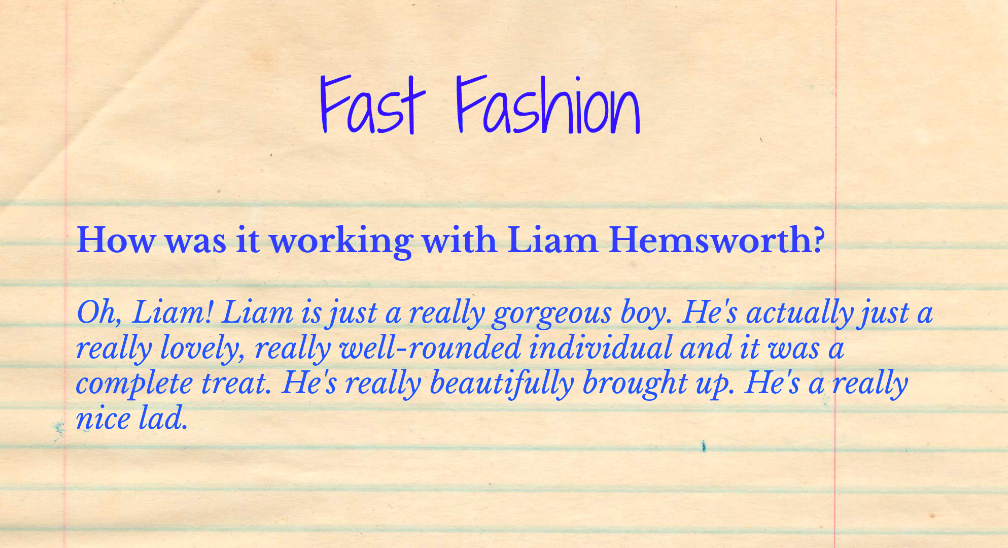
MM: I really admired the couture or and the design in the movie because it was unlike anything I’ve seen in film lately and definitely those designs were nothing like I’ve had exposure to in my fashion career. Can you tell me about those designs and where your inspiration came from?
MB: I sort of believe that when you start a project you need to thoroughly go into the look and the style of the period from the undergarments and what the silhouette was and once you understand the silhouette, then, that gives you the freedom to design and draw on your own creativity. What really inspired me for that work is that I was looking at a lot of Irving Penn work and Richard Avedon’s work, photographers of the time. Photography had really just changed styles. Going from being a really highly composed piece in the studio to going out into the streets of Paris and hanging off the eiffel tower and leaning against elephants, doing extraordinary sort of shots that were full life and energy. I was really struck by that energy and life and that’s what I wanted to bring to The Dressmaker. I wanted to be able to translate that hence the clothes had a lot of movement and sort of, actually, humor, I think because it was quite a dark piece the way they told the story, the art of the film, the storyline. You had to want to actually go on a journey with them. The location was such an extraordinary location, very full of dust sort of outback, that I remember standing out there and looking at it and thinking, “My, I’m putting high end fashion out here?” I was just standing in the location and I saw this incredibly beautiful birds’ wingspan and they were just gliding in the air and then it occurred to me that this whole thing was about birds pruning themselves. The bird motif kept popping within that film especially with Gertrude’s big cape that opens and a lot of the motifs on the dresses and stuffs were birds. They’re all peacocks and it’s all completely about appealing to people’s vanity. So that’s where I came from.
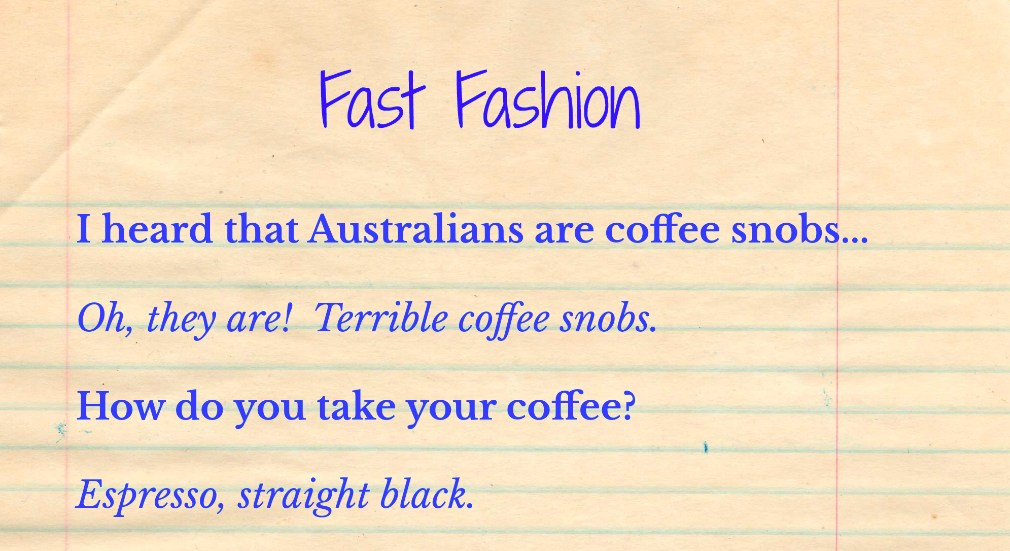
MM: Something that comes back to me definitely is Gertrude’s cape. Again and again I find myself looking at that picture. They were such beautiful designs. Where was the film filmed?
MB: Melbourne and in Victoria, really. We did quite a lot in Shepparton and Horsham country locations. We did quite a lot of in a really beautiful nature reserve where the set was built just 45 minutes out of Melbourne.
MM: About how many hours do you spend on a film or did the dressmaker take?
MB: Woah. Once you start you have to understand you become so completely consumed. I ‘m very very very lucky I have a very understanding husband and a stepson. I just disappear for big slabs of time and I go to work and I come home and all I do is sleep and they don’t see me for months and months and months.
MM: I am so happy that I am not the only person who lives like that! That is so reassuring in a family of business people and engineers and lawyers, that is so reassuring! Where did you go to school? Did you go to school for costume?
MB: Well I did fashion design at RMIT which is a really good fashion school. I started there and I had been doing quite a few years at school for patternmaking, dressmaking etc, so I started going there, but I always knew I didn’t want to be a fashion designer and I didn’t quite know where I was going. I used to do fashion parades when I was in my early twenties… like twenty and twenty-one… and a producer came and asked me to do a film and ‘the arrogance of youth’ said “sure.” And I went oh my gosh I found my tribe. From then on I decided to go start at the bottom and learn everything about filmmaking and so I applied for a job at a television station and got that, and worked my way up, and got headhunted after 6 months by a big sort of film production house who did a lot of period stuff and I’ve just realized that it was perfectly suited to me.
MM: My story’s similar. I went to a liberal arts school in the United States. When I got to the school I knew I was interested in fashion and they didn’t have a fashion department but they had a Theatre Department and I said, “Can I help you work on costumes?” and that’s how I learned. They have this incredible Theatre Department and this woman just educated me and I received this education that was better than what I ended up pursuing in fashion styling at FIT.
MB: What a fabulous Journey!
MM: FIT launched me into, “Okay I have the confidence to do this,” and I got an internship and I started styling and designing. So, similar to you!
MB: It’s always quite luck, really, in so many ways. I mean, we are given these paths and whether we grasp them with two hands is up to us really, but, it’s always quite luck, really, because there is no easy way.
MM: Yeah that’s absolutely right. Yeah I have kind of found that having a blog is kind of building a portfolio so that over and over as I build connections I at least have something to refer people to but yeah, you’re right, there’s no easy way. So you live in Melbourne?
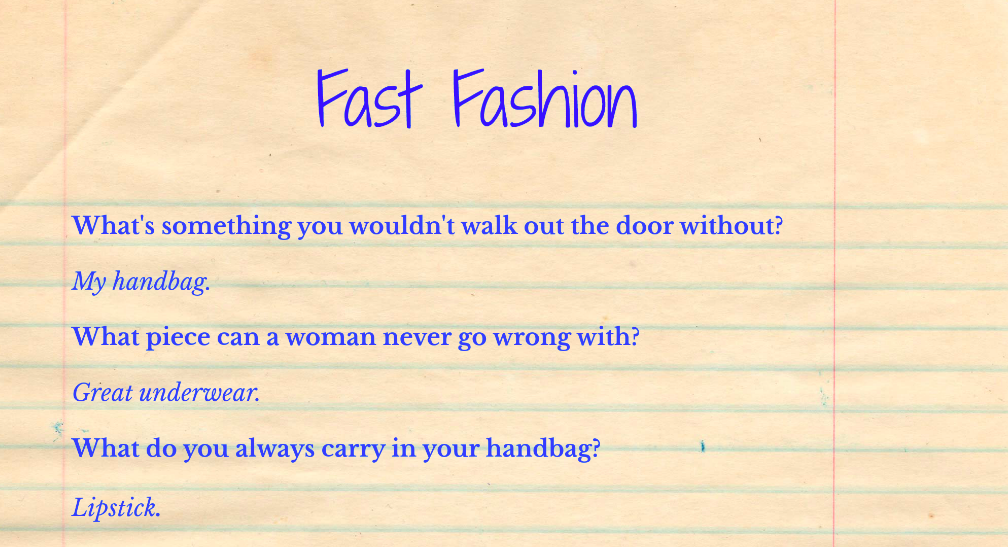
MB: Yeah I do live in Melbourne.
MM: Do you do most work out of there?
MB: No I do work all over the world really. One must travel if you want to do projects that you really want to do. They’re not always here.
MM: I definitely have that attitude with my life that I’m ready to kind of move or go based on a project. I definitely can identify with that. Marion, what advice would you have to a fashionista like me or a designer like me?
MB: Never stop looking and exploring. you need to look at all the arts, not just fashion books. You need to look at architecture and art and history. Never stop looking; never stop being curious.
MM: That’s great advice. I feel like the reason I liked fashion design was because I was always searching for the reason why. My family is much more mathematical. A lot of them, interestingly enough, were history majors and I feel like I am like them in that way: searching for where things come from and asking what pieces were inspired by.
MB: And everything in fashion is inspired from some previous decade. The repetition of ideas has been tried on since the beginning of time and it’s quite interesting when you see the seventies’ echoes the likes of Victorian and but the seventies also draws from the twenties. It’s all put in a bit of a melting pot and comes out the other end. What happens to it on the way is quite fascinating.
MM: I feel like I know that costume design and fashion design are a good fit for me because I find myself not being able to get enough. Going through books and looking at blogs online. Do you have a team that works with you that you kind of trust?
MB: I do. It changes a bit from project to project but depending on what the project needs and where it actually is. One of my machinists has been with me on and off for 35 years so I do have a really good team. [My team] is really fabulous and it’s unbelievably talented technicians.
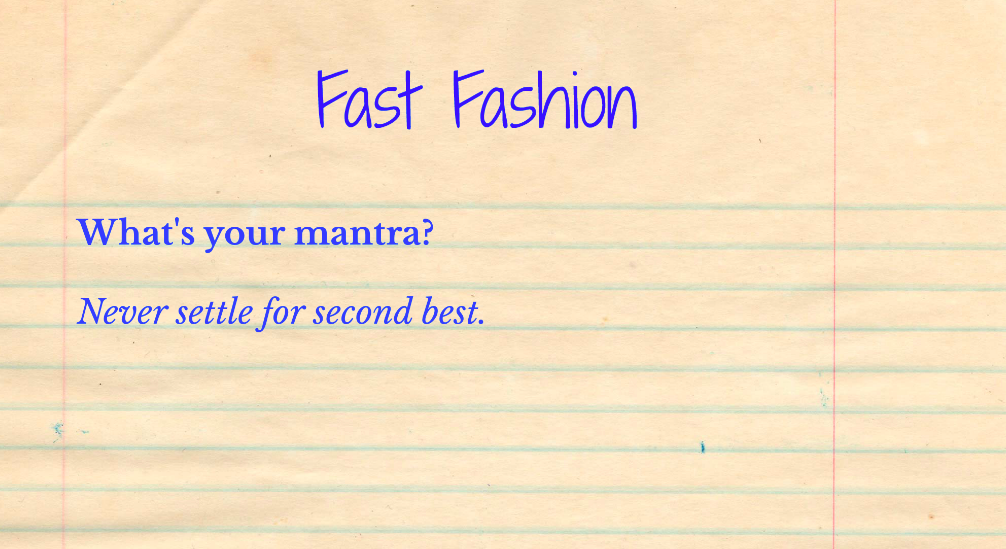
MM: Do you have any advice for me going forward?
MB: I love that you’re involved in films and finding your way and keeping yourself motivated. I would just keep putting your feelers out and exploring your blog. I think it’s terrific.
MM: Well thank you so much! I really appreciate it! I really enjoyed this. I hope that you stay well. I’ll look for your projects in the future
MB: Thank you for reaching out. This was really lovely.

Thank you for the terrific post
Nice job, Maggie! Is your dream to do costumes for film or Broadway? If so, kudos to you! I’m loving this blog and all your confidence!!! It shines right through from your very soul💛